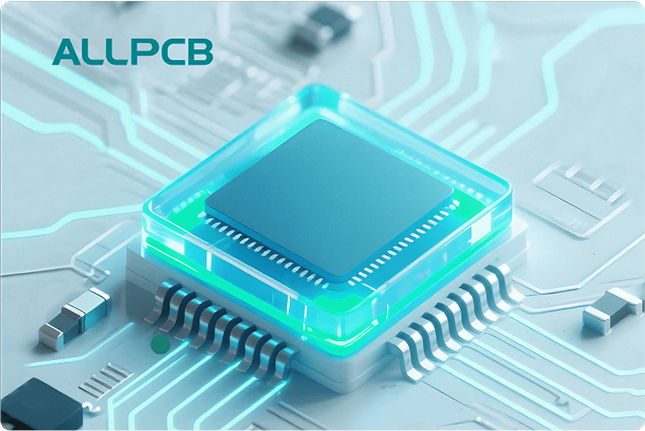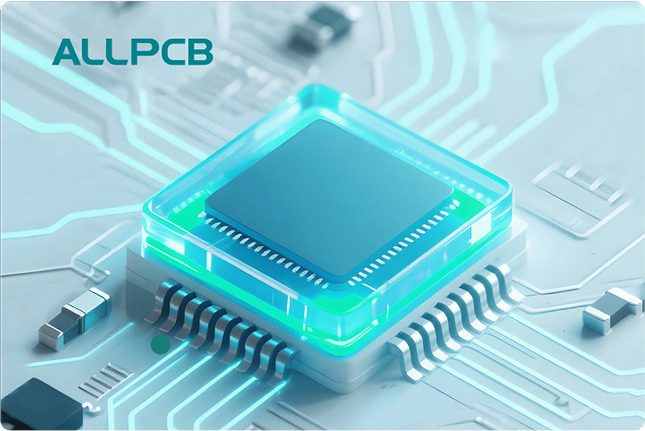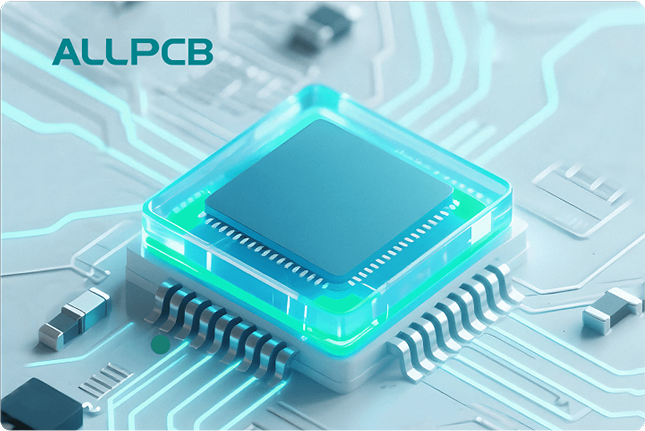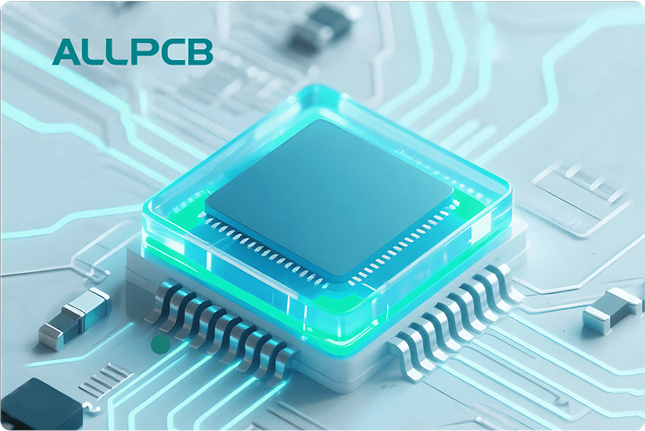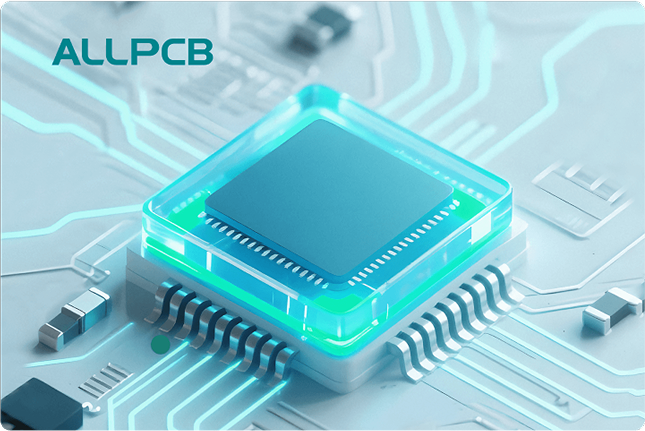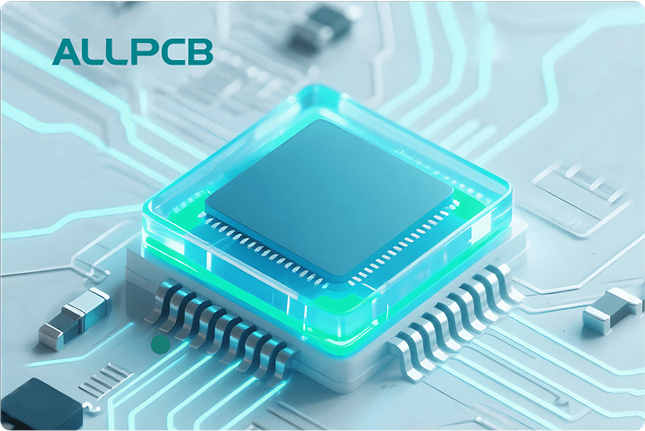In the world of electronics manufacturing, through-hole technology (THT) remains a vital method for assembling components on rigid printed circuit boards (PCBs). If you're wondering how through-hole assembly fits into modern rigid board assembly, this blog will guide you through its processes, benefits, and applications. From the wave soldering process to mixed technology PCB assembly, we’ll dive deep into why THT continues to play a crucial role, even alongside newer methods like surface mount technology (SMT). Let’s explore the intricacies of through-hole assembly, the advantages of through-hole components, and the importance of component lead forming in creating reliable, high-quality PCBs.
What Is Through-Hole Technology in Rigid Board Assembly?
Through-hole technology is a traditional method of mounting electronic components onto a PCB. In this process, component leads are inserted into pre-drilled holes on the board and soldered to pads on the opposite side. This creates a strong mechanical and electrical connection, making THT ideal for applications where durability and reliability are critical. Unlike SMT, where components are placed directly onto the surface of the board, THT involves a more physical bond between the component and the PCB, which is why it’s often used in high-stress environments.
In modern rigid board assembly, THT is still widely used for components that require extra strength or need to handle higher power levels. Think of connectors, transformers, and large capacitors—these are often mounted using through-hole methods to ensure they stay secure under mechanical stress or high temperatures. While SMT dominates for smaller, lighter components, THT holds its ground for specific use cases, often in combination with SMT in mixed technology PCB assembly.
The Through-Hole Assembly Process: Step by Step
Understanding the through-hole assembly process is key to appreciating its role in modern PCB manufacturing. Here’s a detailed look at how it works:
- Drilling Holes: The process begins with drilling precise holes into the rigid PCB where components will be mounted. These holes are often plated with a conductive material (plated-through holes or PTH) to ensure a strong electrical connection with the board’s layers.
- Component Lead Forming: Before insertion, the leads of through-hole components are often bent or shaped to fit the PCB layout. This step, known as component lead forming, is critical to ensure proper alignment and avoid stress on the component or board during assembly. Leads are typically trimmed to the correct length and bent at specific angles (e.g., 90 degrees) using manual tools or automated machines.
- Insertion: Components are inserted into the drilled holes, either manually for low-volume production or using automated insertion machines for larger runs. The leads pass through the board, protruding on the opposite side.
- Soldering: Once components are in place, the leads are soldered to the pads on the underside of the board. This can be done manually with a soldering iron or through an automated wave soldering process, which we’ll explore in the next section.
- Inspection and Testing: After soldering, the board undergoes visual inspection and electrical testing to ensure all connections are secure and functional. Any excess lead length is trimmed off to finalize the assembly.
This process, while more time-consuming than SMT, ensures robust connections that can withstand physical stress and high-power conditions, making through-hole assembly a preferred choice for specific applications.
Wave Soldering Process: A Key Step in Through-Hole Assembly
One of the most efficient methods for soldering through-hole components is the wave soldering process. This automated technique is widely used in high-volume production to create reliable solder joints quickly. Here’s how it works:
- Flux Application: A layer of flux is applied to the underside of the PCB to clean the surfaces and improve solder adhesion.
- Preheating: The board is preheated to prevent thermal shock when it comes into contact with the molten solder.
- Solder Wave: The PCB passes over a wave of molten solder, typically at a temperature of around 250°C (482°F). The solder flows through the holes and bonds the component leads to the pads, creating strong electrical and mechanical connections.
- Cooling: After soldering, the board is cooled to solidify the solder joints, ensuring they are durable and free of defects.
The wave soldering process is highly efficient for through-hole assembly, reducing the time and labor required compared to manual soldering. However, it requires careful control of parameters like solder temperature and conveyor speed to avoid issues like solder bridges or insufficient wetting. For instance, a conveyor speed of 1.5 to 2.5 meters per minute is often optimal for consistent results, depending on the board design and component density.
Mixed Technology PCB Assembly: Combining THT and SMT
In many modern electronics, a single PCB often incorporates both through-hole and surface mount components. This approach, known as mixed technology PCB assembly, leverages the strengths of both methods to meet diverse design requirements. For example, a power supply board might use through-hole components for high-power elements like transformers (rated for currents up to 10A or more) while using SMT for smaller, densely packed ICs and resistors to save space.
The assembly process for mixed technology boards typically follows these steps:
- SMT components are placed and soldered first using reflow soldering, where solder paste is heated to bond components to the board’s surface.
- Through-hole components are then inserted and soldered, often using wave soldering or manual methods to avoid damaging the already-mounted SMT parts.
Mixed technology PCB assembly allows manufacturers to balance cost, space, and performance. However, it requires careful design to ensure compatibility between the two methods, such as avoiding thermal stress on SMT components during wave soldering. Design for manufacturability (DFM) guidelines often recommend maintaining a clearance of at least 2mm between SMT and THT components to prevent interference during assembly.
Advantages of Through-Hole Components in Modern Applications
Despite the rise of SMT, through-hole components offer several unique advantages that keep them relevant in modern rigid board assembly. Here are some key benefits:
- Durability: The physical connection of leads through the board provides superior mechanical strength, making THT ideal for components subject to vibration or stress. For example, automotive electronics often use through-hole connectors to withstand harsh conditions.
- High Power Handling: Through-hole components can handle higher currents and voltages, with some power resistors rated for up to 50W or more, compared to typical SMT resistors limited to a few watts.
- Ease of Replacement: If a component fails, through-hole parts are easier to desolder and replace manually, which is a significant advantage for prototyping or repair work.
- Reliability in Harsh Environments: THT connections are less prone to failure under high temperatures or humidity, making them suitable for industrial or aerospace applications where operating conditions can exceed 85°C (185°F).
These advantages of through-hole components ensure their continued use in specific industries, even as SMT dominates consumer electronics for its compactness and cost-efficiency.
The Role of Component Lead Forming in Quality Assembly
Component lead forming is a critical yet often overlooked step in through-hole assembly. Properly shaped leads ensure that components fit perfectly into the PCB holes without causing stress or damage during insertion or soldering. Poor lead forming can lead to issues like cracked solder joints or misaligned components, which may cause electrical failures over time.
Lead forming can be done manually for small batches or using automated equipment for high-volume production. The process typically involves bending leads to a specific angle (often 90 degrees) and trimming them to a length of about 1-2mm beyond the board’s underside after insertion. This ensures a secure fit and optimal soldering. For example, axial components like resistors often require leads to be bent with a radius of at least 1.5 times the lead diameter to avoid stress fractures.
Manufacturers must also adhere to industry standards, such as IPC guidelines, which specify tolerances for lead forming to ensure reliability. Proper training and equipment calibration are essential to maintain consistency, especially in high-reliability applications like medical devices or military hardware.
Applications of Through-Hole Technology in Modern Electronics
While SMT is prevalent in compact, cost-driven devices like smartphones, through-hole technology shines in applications where reliability and strength are non-negotiable. Some common areas include:
- Automotive Systems: Control units and power modules in vehicles use THT for components that must endure vibration and temperature swings from -40°C to 125°C (-40°F to 257°F).
- Industrial Equipment: Machinery with high-power requirements often relies on through-hole components for transformers and connectors to handle currents exceeding 20A.
- Aerospace and Defense: Through-hole assembly is favored for its proven reliability in critical systems where failure is not an option, such as satellite communication hardware.
- Prototyping: Engineers often use THT for initial designs because it allows for easy component swapping and manual soldering during testing phases.
These applications highlight why through-hole technology remains a cornerstone in specific sectors of modern electronics manufacturing.
Challenges and Future of Through-Hole Technology
While through-hole assembly offers distinct advantages, it does come with challenges. The process is slower and more labor-intensive than SMT, increasing production costs for high-volume runs. Additionally, THT requires more board space due to the need for drilled holes, which can be a limitation in compact designs. The soldering process, whether manual or via wave soldering, also demands precise control to avoid defects like cold solder joints or thermal damage to the board.
Looking ahead, through-hole technology is unlikely to disappear entirely. Its role in mixed technology PCB assembly ensures it will continue to complement SMT in hybrid designs. Advances in automation and soldering techniques may also improve the efficiency of THT processes, reducing costs and making it viable for a broader range of applications. For now, its niche lies in high-reliability and high-power scenarios where its strengths are unmatched.
Conclusion: Why Through-Hole Technology Still Matters
Through-hole technology may be a traditional method, but its relevance in modern rigid board assembly is undeniable. From the durability of through-hole components to the efficiency of the wave soldering process, THT offers unique benefits that make it indispensable in certain applications. Whether used alone or in mixed technology PCB assembly, it provides a robust solution for high-stress, high-power environments. By understanding processes like component lead forming and the advantages of through-hole components, manufacturers can make informed decisions to achieve optimal results in their designs.
At ALLPCB, we’re committed to supporting your PCB assembly needs, whether through THT, SMT, or a combination of both. By leveraging the strengths of through-hole technology, we help bring reliable, high-quality electronics to life for a wide range of industries. Explore how our expertise can enhance your next project and ensure your boards meet the highest standards of performance and durability.
 ALLPCB
ALLPCB


